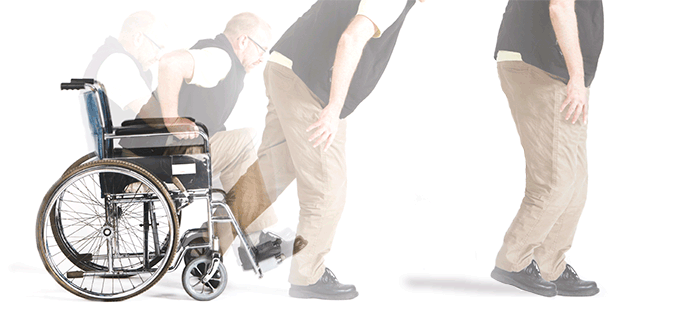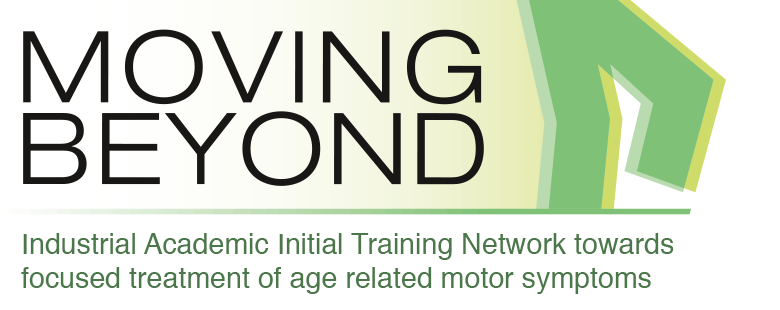WP1: Improve understanding of supraspinal motor control
BASIC SCIENCE
WP2: Improve ambulatory diagnostics of supraspinal movement control deficits
DIAGNOSTICS
WP3: Improve treatment of supraspinal control motor deficits
THERAPY
The basal ganglia and cortical areas are important nodes of the supraspinal motor control system. Despite advances in the understanding of underlying circuits, large gaps remain. We focus on the improvement of the understanding of supraspinal movement control.
We aim to improve diagnostics of motor control at the border of healthy ageing and neurodegeneration as well as in PD, by use of instrumented clinical assessment tools in large cohorts, virtual reality approaches in conjunction with real-time EEG feedback and by long-term axial and distal movement monitoring.
Modern therapy and rehabilitation concepts for gait and balance disorders demand task- specific and individual training, and must consider supraspinal mechanisms that occur with ageing and in the course of neurodegenerative diseases that can impede successful movement. We aim to develop strategies targeting freezing of gait and, by using a model-based approach, quantifying gait and balance quality to improve individualized therapy of the ageing population with movement disorders in a rehabilitation setting.




















